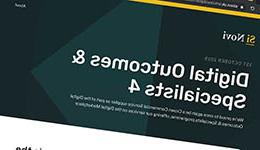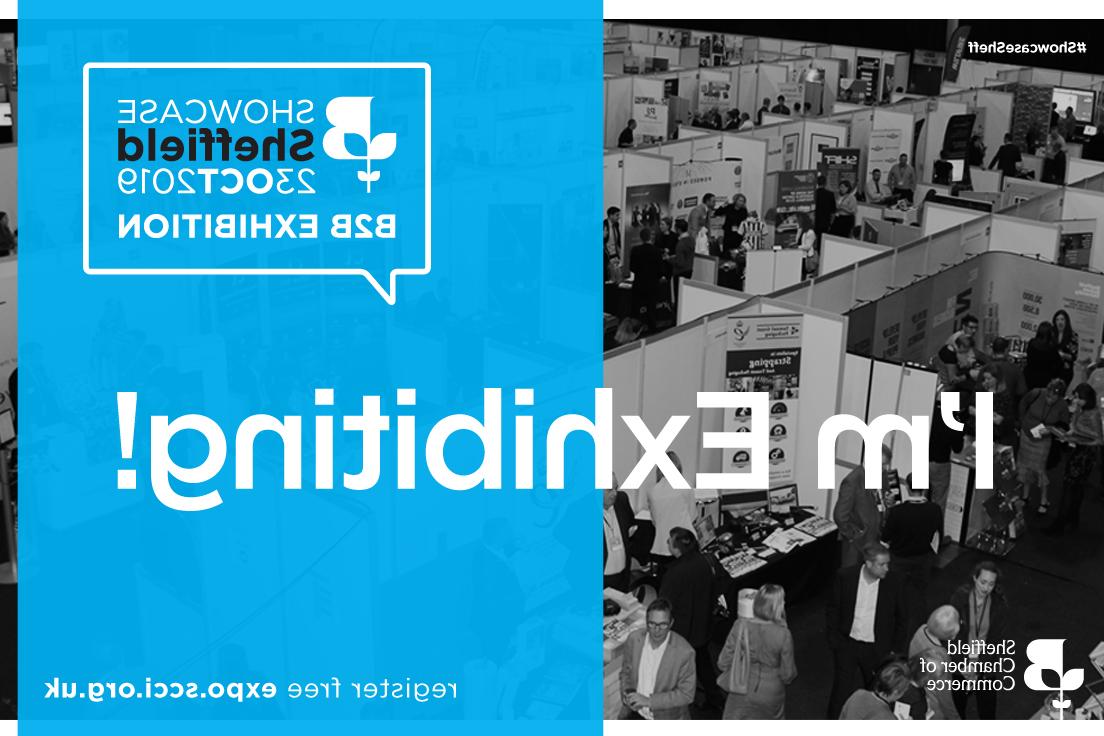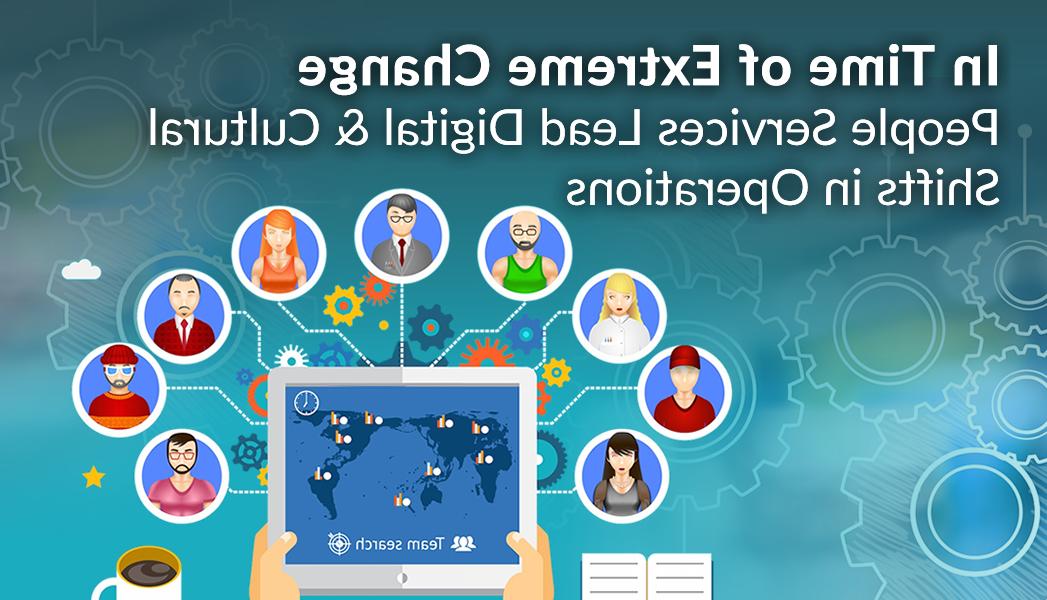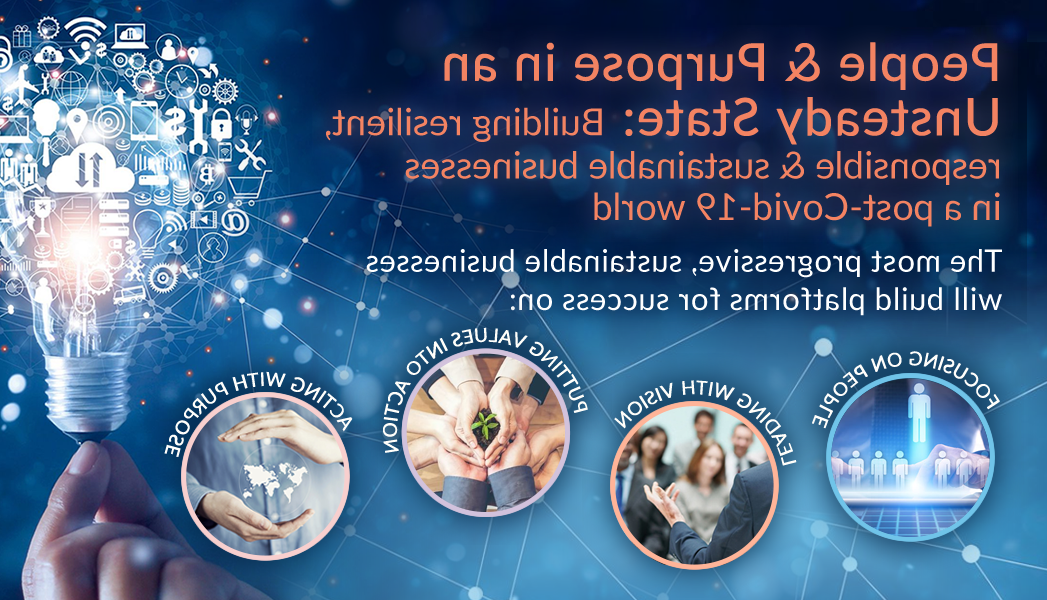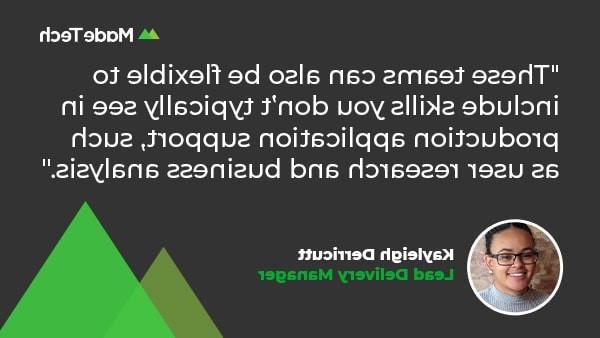
有上百万种方法可以用来交付软件. The set of tools you choose will vary depending on the problem you’re trying to solve. 偶尔你会 混合不同的方法 找到最适合你和你的团队的流程.
But every now and then you’ll hit a wall and might be tempted to say “it just 可以’t be done”. Many delivery managers and clients will say that blending Information Technology Service Management (ITSM) and agile is one of those examples, 但我要告诉你,这不是真的! 别相信别人对你说的话,你 可以 拥有一切.
首先,让我们确保我们都在同一页上. 我所说的ITSM和敏捷是什么意思?
ITSM
信息技术服务管理.
ITSM is a set of activities and processes that organisations use to manage the services they offer to users. ITSM is also a profession filled with experts and specialists in multiple ITSM processes.
We see ITSM most commonly in production application support: live services that need to be maintained so users get continuity and quality services.
敏捷
敏捷是一个涵盖性术语,适用于许多方法, 所有这些都是基于并引用 敏捷宣言:
个体和相互作用 > 流程和工具
工作软件 > 全面的文档
客户协作 > 合同谈判
应对变化 > 遵循计划
敏捷 supports rapid input from users and stakeholders as well as an early return on investment.
的冲突
ITSM和敏捷之间的冲突在于各自如何衡量成功.
Core to ITSM is the measure of Service Level Agreements (SLAs) which include targets around response time and uptime. These SLAs are contracted for, measured strictly and often result in penalties if they’re not met. This approach doesn’t align well with the 敏捷宣言 that 客户协作 comes over 合同谈判.
ITSM也遵循一套严格的流程. These include things like using tiers of support – where service desk responders receive and categorise issues which are then handed over to a resolver group, 谁可以把它交给另一个解决方案组或工程团队, 即便如此,谁会把它交给外部机构呢. These handovers are strictly defined and the bounds of responsibility for each group are inflexible, 几乎没有合作的余地. These 流程和工具 are the priority rather than the 个体和相互作用 we focus on when following the 敏捷宣言.
另一种选择
It’s important to note here that the conflicts with ITSM and agile that seem overwhelming are not conflicts with ITSM at all. 它们与ITSM存在冲突 传统上 实现. 好消息是,事情并不一定要这样.
通过实现蜂群ITSM方法, services 可以 be supported by smaller teams of specialists that embed agile ways of working without compromising on the quality of the service.
A swarm model removes the strict rules between tiers and instead groups the expertise of responders in tier 1, 解析器在第2层,工程师在第3层. 然后,团队可以引入适合他们的敏捷方法.
It’s at this point they 可以 agree success measures with their client that prioritises user needs and user experience over response time. The great thing is that these teams 可以 also be flexible to include skills you don’t typically see in production application support, 比如用户研究和商业分析. And wonderful news – this helps you embed continuous improvement into your service on top of the ongoing maintenance expectations you already have.
This alternative approach allows you to get the best of ITSM (continuity and quality of service) while also getting the best of agile (user focus and rapid return on investment).
久经考验
“这在理论上听起来很棒,但并不那么实际。” 我听见你说. Well we practise what we preach here at Made Tech and have been using this swarm approach with a number of clients.
工程师团队就是一个例子, analysts and researchers supporting a critical application on behalf of a government department. This support model has no distinction between level 2 and level 3 team members, 并使用群体方法来解决问题和事件. The team has demonstrated that rigid ownership and guidelines are not needed to provide quality incident management. And bonus – their swarms are now joined by other suppliers who’ve been convinced of the benefits!
By using a swarm approach the team have made sure that this critical service has had 100% availability (excluding planned maintenance) and that all user impacting incidents have been fully resolved, 不仅仅是回应, 48小时内. They’ve deployed improvements to the service that automate common service requests, cutting the cost of supporting the service by over 75% when compared with the previous supplier.
分层方法有时可能是正确的
Having said all that, a tiered approach may still be the right approach for your organisation. 这不是一刀切的. 例如:
- 如果你支持50个产品,每个产品有5个,000个用户, 然后,有一个可以接收问题的一级人员是有帮助的, 筛选它们的重要性,并确保将其发送给正确的人进行修复. 然后,您可以设置一个两层方法,将问题向下传递以解决.
- if you’re an organisation that outsources its IT services and has a multi-supplier environment then a traditional tiered model could be your friend as it helps balance service management with supplier management.
We recognise that traditional ITSM processes have their value, but shouldn’t be the default. Increasing efficiency through this alternative approach allows public funds to be focused on improving services rather than simply “keeping the lights on” and will ultimately help us reduce the build up of legacy technology.
If you’d like more Made Tech content delivered straight to your inbox, sign up for our monthy 洞察时事通讯.
